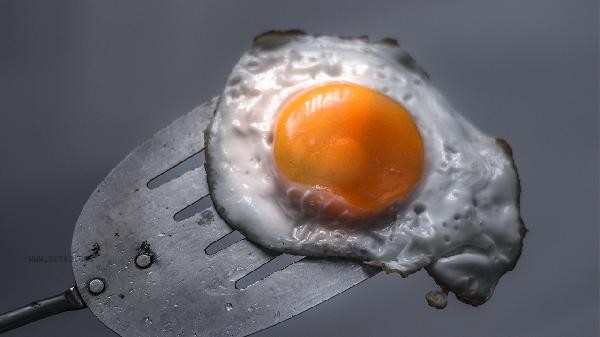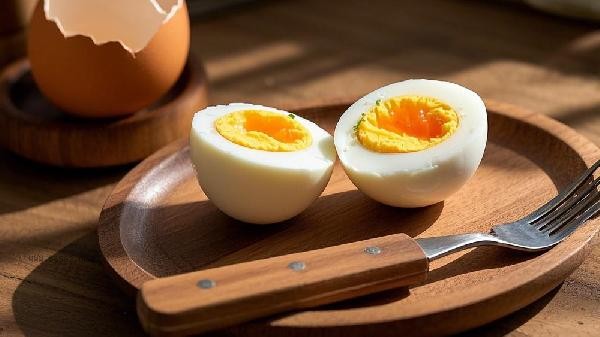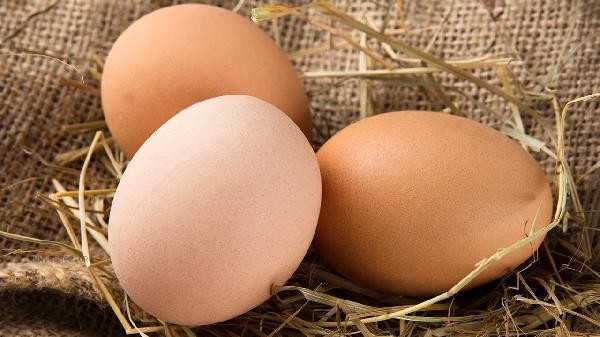Steamed egg custard should be soft, smooth, and tender, and the key lies in the proportion of egg mixture, stirring method, and heat control. There are mainly five key points: egg water ratio, filtration and defoaming, steaming time, container selection, and temperature regulation.

1. Egg water ratio
The ideal ratio of egg liquid to water is 1:1.5 to 1:2, and it is easier to blend with warm water at around 30 ℃. Too much water can cause difficulty in solidification, while too little can result in a rough texture. Adding a small amount of salt can help with protein denaturation, but avoid premature salt addition that may cause water leakage from the egg mixture.
2. Filter and defoam
After mixing, the egg mixture needs to be sieved to remove unbroken ties and bubbles, and the surface foam should be skimmed off with a spoon. When applying cling film, use a toothpick to poke holes, which can prevent water vapor from dripping and retain an appropriate amount of steam circulation. Ceramic bowls are heated evenly, while metal containers are prone to edge aging.
3. Steaming time
After the water boils, reduce the heat to low and steam for 8-10 minutes, then turn off the heat and simmer for 2 minutes. The water level in the steamer should be 1 centimeter below the bottom of the bowl to avoid direct contact between boiling water and the container. Observing a slight tremble in the center of the egg custard will make it fully cooked, and excessive heating will produce honeycomb like pores.

4. Container Selection
Shallow mouthed wide bowls are more conducive to uniform heating than deep bowls, and applying thin oil to the bowl walls facilitates demolding. Avoid using lids with strong sealing, and use inverted plates instead of cling film. Glass containers need to be preheated in advance to prevent cracking due to excessive temperature differences.
Fifth, Temperature Adjustment
Start with high heat to quickly fill the steamer with steam. After the surface of the egg mixture solidifies, turn to low heat and steam slowly. In winter, the stewing time can be appropriately extended, and in summer, it should be reduced by 1-2 minutes. Avoid frequent lid opening during steaming, as sudden temperature changes can cause surface collapse. After steaming, you can drizzle a little light soy sauce or sesame oil to enhance the aroma, and pair it with ingredients such as scallions and shrimp skin to enhance the flavor. The refrigerated egg custard needs to be heated over water to restore its texture, as repeated steaming can damage the texture. Choosing fresh eggs and storing them for more than 7 days can affect their coagulation effect due to changes in protein structure. Control the amount of seasoning added, and hypertensive patients can use low sodium soy sauce as a substitute. Steam egg utensils should be thoroughly cleaned after each use, as residual egg stains can easily breed bacteria.









Comments (0)
Leave a Comment
No comments yet
Be the first to share your thoughts!